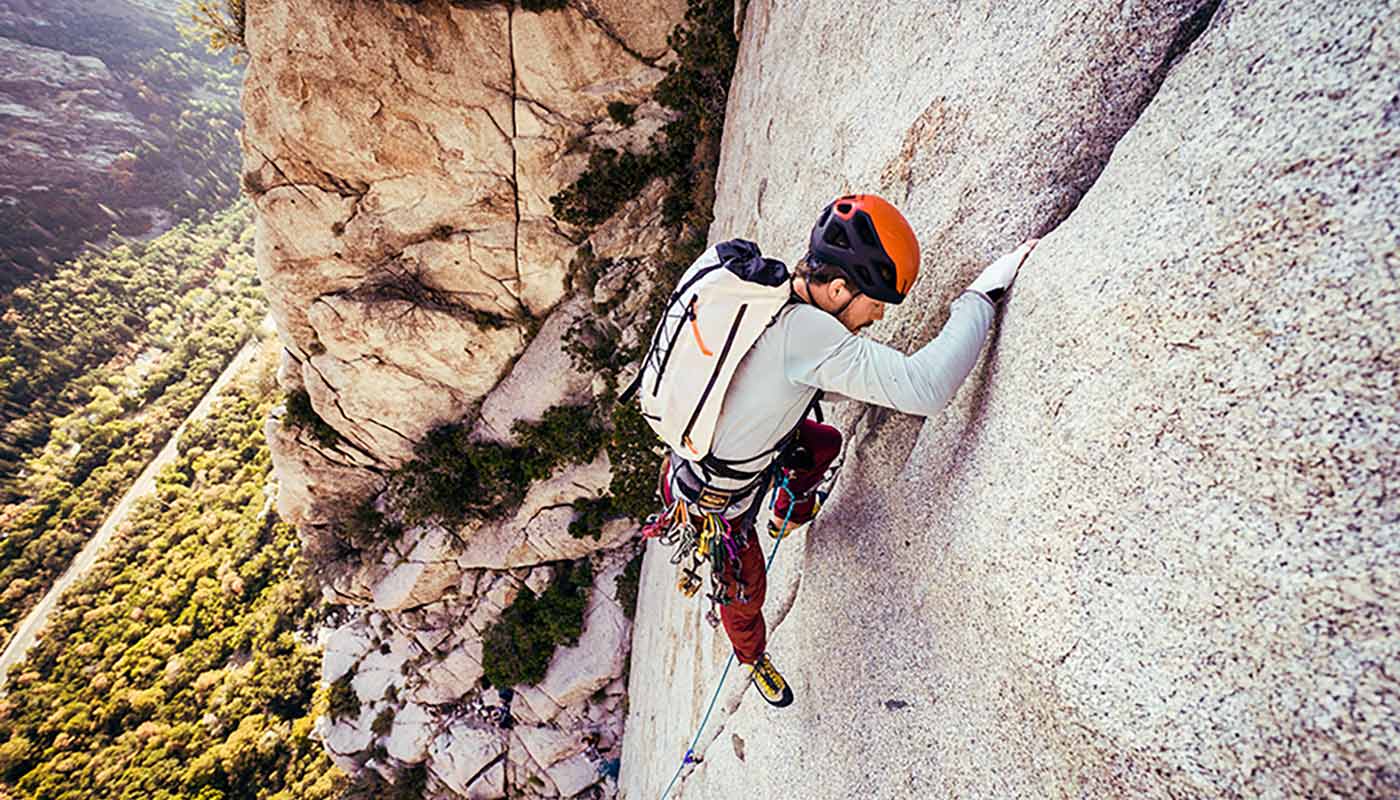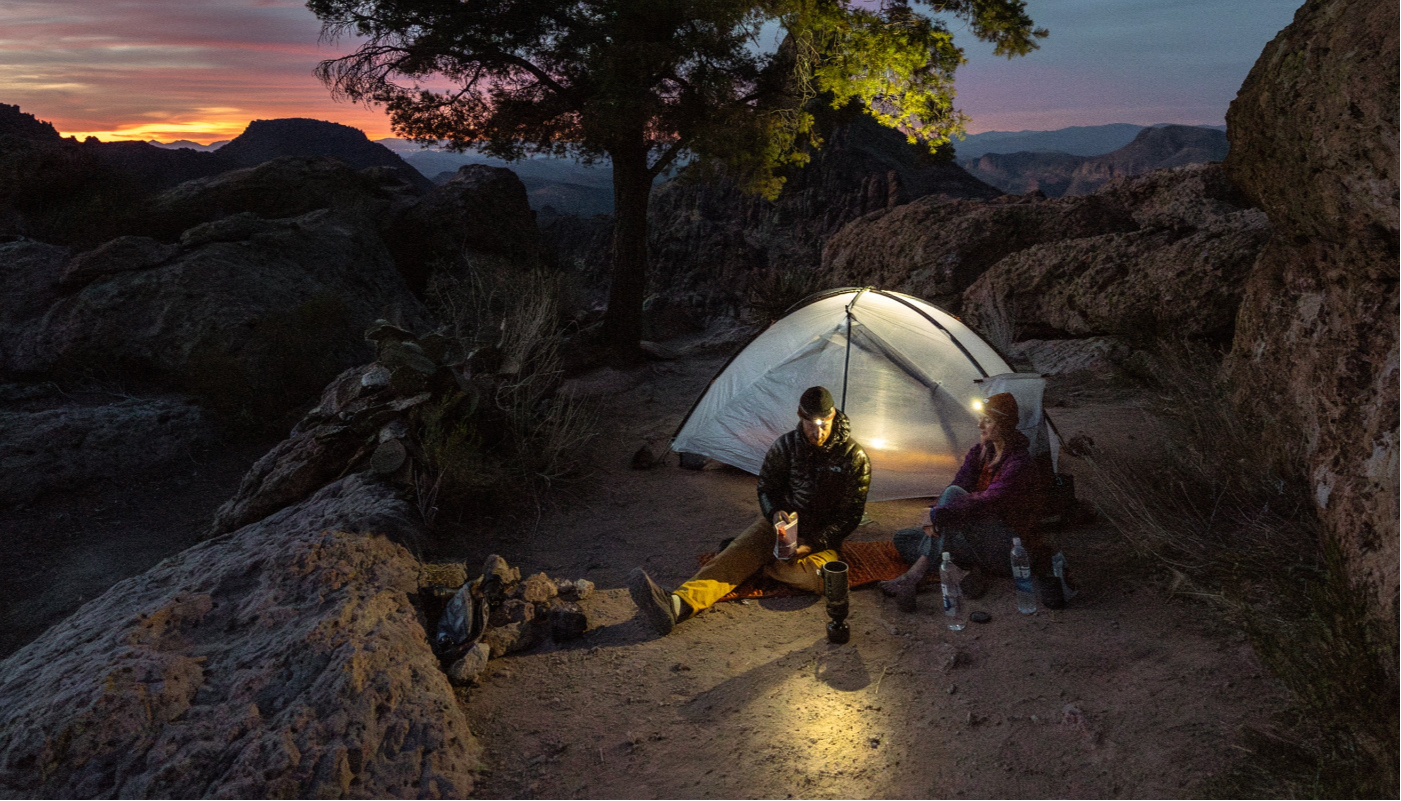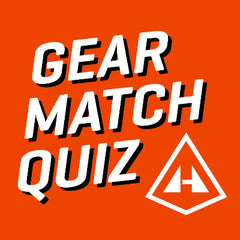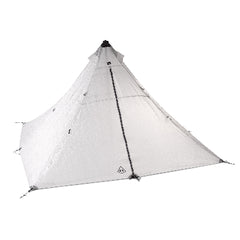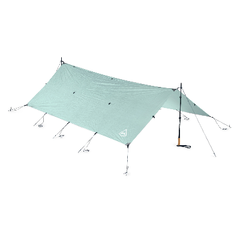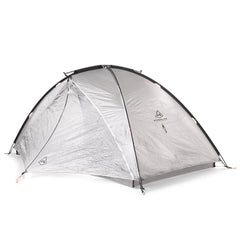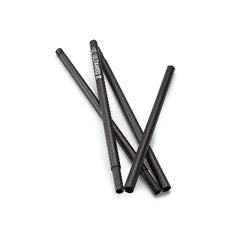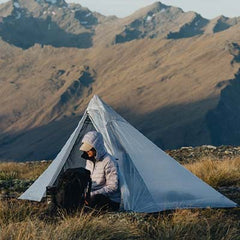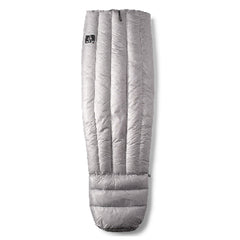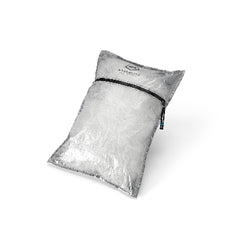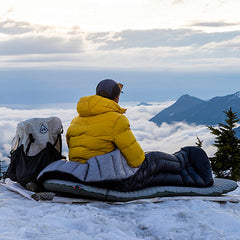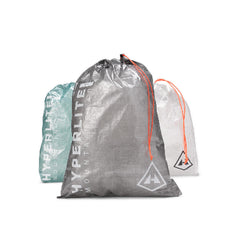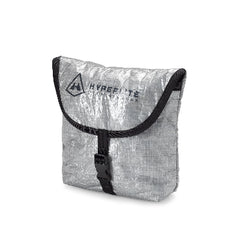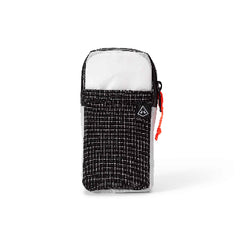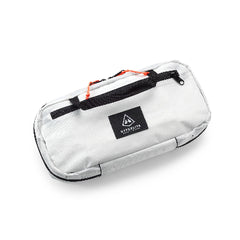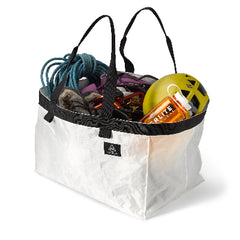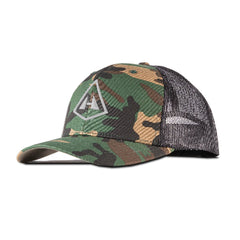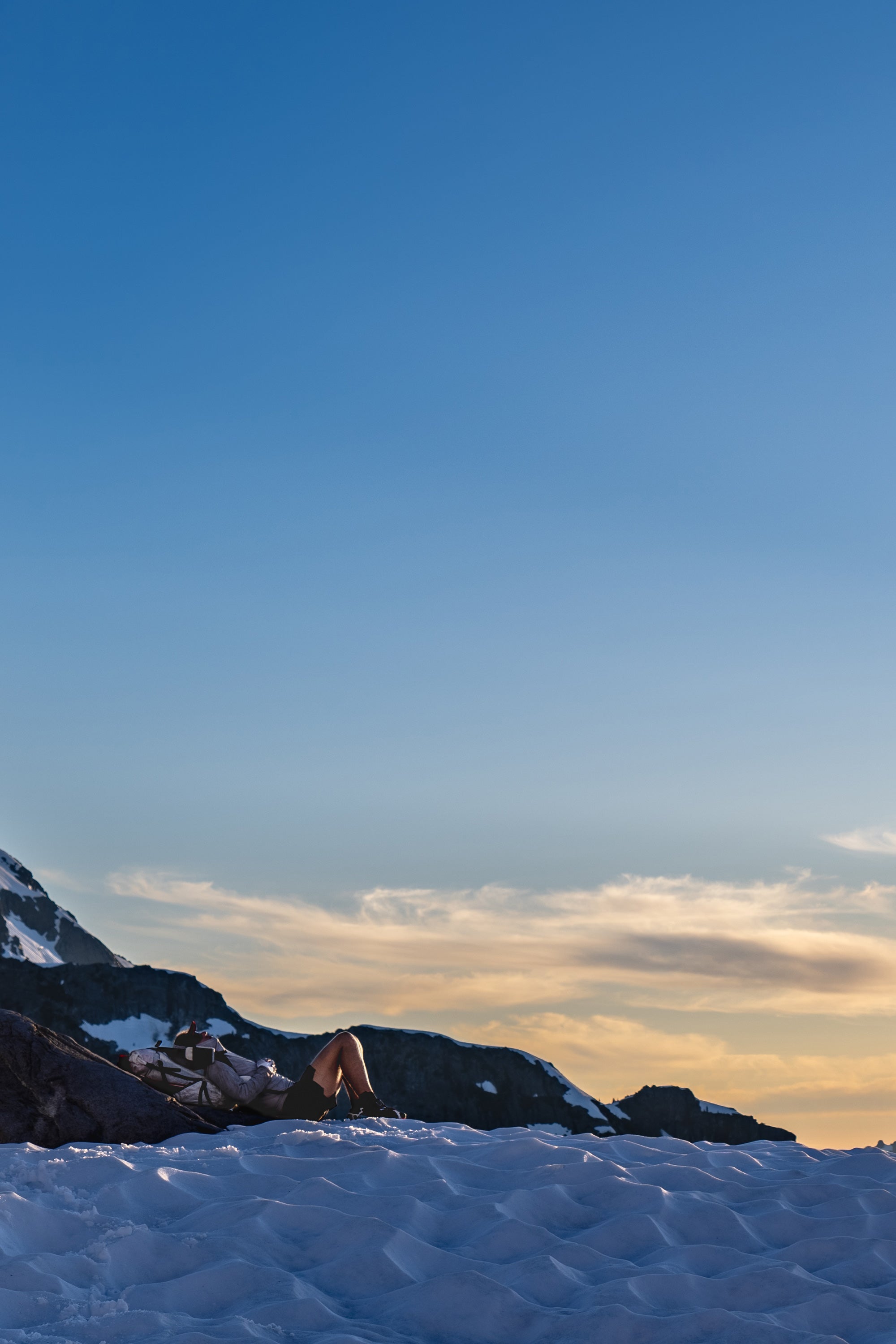The Trailhead
Every journey has a first step. And some of the greatest, most meaningful journeys begin at trailheads. Welcome to ours! Here you’ll learn about gear, see route and trail intel, and dive into stories, images, and videos from our global community of adventureheads like you. Think of it like "The Third Place"–not home, not work, but your other most important/favorite place. The spot to hang out around like-minded people and have your life decisions and priorities validated. You won't need to justify your latest gear purchase or explain why you're using up all your paid time off hours to this crowd. They get it. Let’s go!

I AM BETTY KELLENBERGER, APPALACHIAN TRAIL CLASS OF 2025

THE FIRST TRAVERSE: A FILM ABOUT LAURA WATERMAN LEADING THE WAY FOR WOMEN

THE STRUCTURE OF FLEXIBILITY ON TRAIL

BRETT DAVIS’ TIPS WHEN PLANNING TO GO BIG

PRACTICING PROPER FOOD STORAGE IN GRIZZLY BEAR COUNTRY

ROLLING TIDES – COVERING MILES ON TWO SIDES OF THE WORLD

WANDER WOMAN: SAFETY TIPS FOR SOLO FEMALE TRAVELERS

ROLLING TIDES- SURFPACKING ROADS AND WAVES: THE BEGINNING

SUMMITING FORBIDDEN PEAK IN THE CASCADE VALLEY WITH EMILY BEI CHENG

BACKCOUNTRY POPCORN WITH JEFF WOHL

FASTEST KNOWN SLOW DOWN: PETER GIERLACH SETS HIS OWN RECORDS

